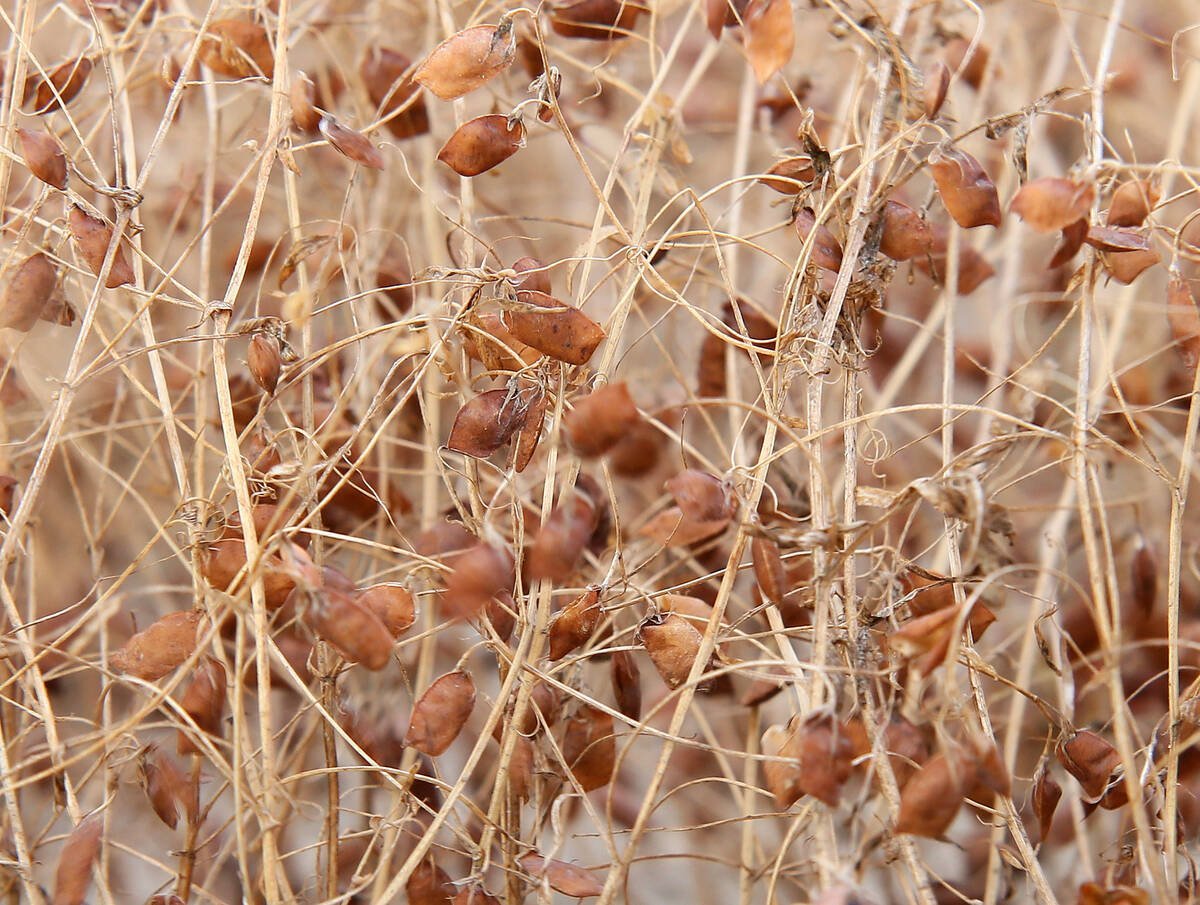The problems plaguing prairie crops are part of a North America-wide collection of woes supporting prices.
But other areas of the world are doing better, so prairie farmers’ woes might not lift prices as much as hoped.
“It’s an unusual season,” said DTN weather analyst Mike Palmerino, in a weather and crop production outlook session June 11.
Cold conditions in the northern grain belt, wet conditions in the eastern U.S. corn belt and bad spring and early harvest weather in U.S. southern wheat areas create a lot of doubts about the prospects for North American crops.
Read Also

Europe holds promise for Canadian lentils
Pulse Canada is trying to help boost lentil consumption in Europe, which is already the fourth largest market.
Combined with severe problems in Argentina and sub-par conditions in Australia and parts of Europe, the markets have reason to keep crop prices strong, even after the recent rally, said Bryce Anderson of DTN.
“At this time, at least through the end of the month, we think the impact is bullish, from a weather standpoint, just because we don’t know how many acres are going to be lost to (U.S.) corn and even soybean production with this latest round of rainfall,” said Anderson.
The Canadian Wheat Board predicts the U.S. soft red winter wheat crop will fall by 32 percent and hard red winter wheat by 16 percent.
The threat of frost hitting slow-developing northern wheat crops means quality wheat might be able to force better premiums out of the markets, CWB weather analyst Bruce Burnett said in a presentation.
“There’s a potential for some quality damage here,” said Burnett June 11. “There should be some return to good premiums on the quality side, the spread (should increase) between the lower and the higher qualities.”
Burnett saw little basis yet for a sustained global price rally because crop conditions in most areas of the world are OK.
“It would take more crop production difficulties globally in order to see prices beginning to appreciate rapidly,” said Burnett.
If frost does strike, prairie farmers will end up with lots of feed quality wheat and canola, which sell at substantial discounts.
There are reports that biofuel companies are backing away from new crop purchases because they believe there may be bigger supplies of low-grade wheat and canola ahead.
“We are not issuing new crop contracts at this time pending changing market conditions,” said Husky Energy spokesperson Graham White.
“We’re month-by-month for deliveries because of the uncertainty of the market due to weather and other factors.”
Terra Grain still plans to contract grains during the Western Canada Farm Progress Show, a spokesperson said. Its recent offer was $5 per bushel delivered to the plant.
With the exception of Argentina, which is suffering profound and prolonged drought, other major growing regions are doing reasonably well, the DTN analysts said.
Australia recently got good rain.
“This is probably one of the better planting seasons they have had nationwide in several years,” said Palmerino.
“It’s very good news for them.”
In Western Europe, conditions are fair despite dry pockets in Scandinavia and Spain. Bigger dryness problems are beginning in Eastern Europe and eastward into Ukraine and the edge of Russia.
Palmerino said Australia’s good fortune this year could end if an El Nino system develops.
“This El Nino is lurking in the future,” he said, predicting it will likely appear in the second half of the year. “Things are looking great right now. We want to be optimistic. But the El Nino potential still has to be of concern (because it can cause droughts in eastern Australia).”
Burnett said El Nino could have a dangerous effect even before it occurs, noting how droughts tend to occur in the transition phase between El Nino and La Nina.
With so many weather wild cards, it is hard to make any assessment, Anderson said.
“I think it is going to be a growing season that has its own chapter in terms of ag weather history, so to speak, when it’s all said and done.”















